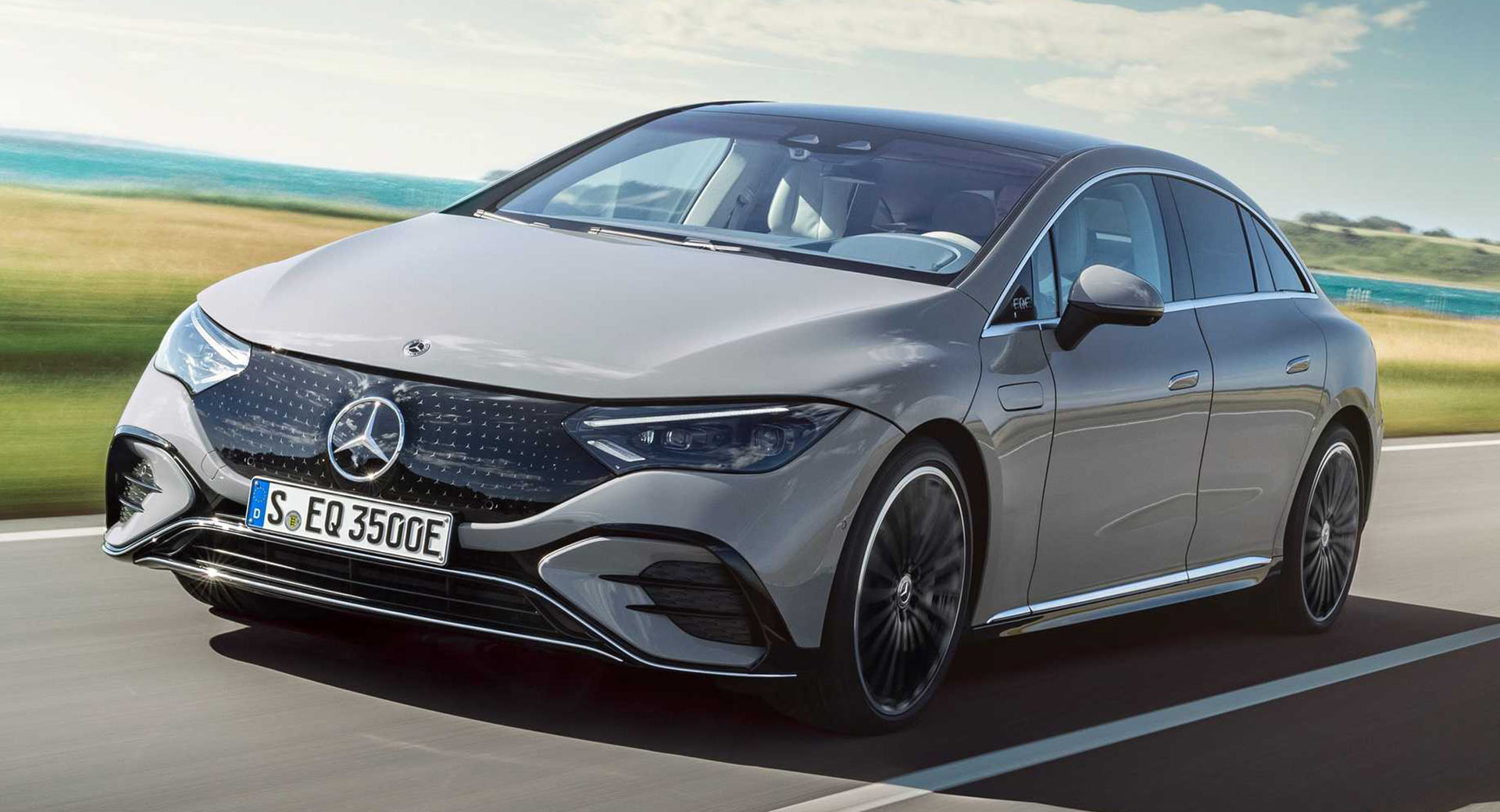"Many industry experts believe that efficiency gains made to EVs over the coming years will come just as much through developments in motor and power electronics as they will through advanced new battery packs.Many industry experts believe that efficiency gains made to EVs over the coming years will come just as much through developments in motor and power electronics as they will through advanced new battery packs."

 www.carscoops.com
www.carscoops.com

New Electric Motor Technology Will Push EVs To The Next level | Carscoops
Many industry experts expect EV efficiency gains to be made not just from batteries, but electric motors too



/https%3A%2F%2Ftf-cmsv2-smithsonianmag-media.s3.amazonaws.com%2Ffiler_public%2Fa8%2F1e%2Fa81ee0b2-9f11-4597-911a-b80458860bfe%2Fetsd014_robert_sansone_usa_0026_ca_1.jpg)